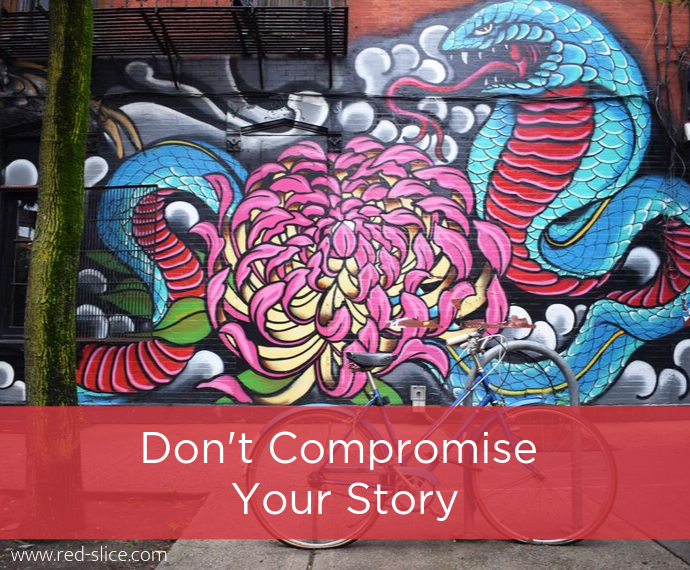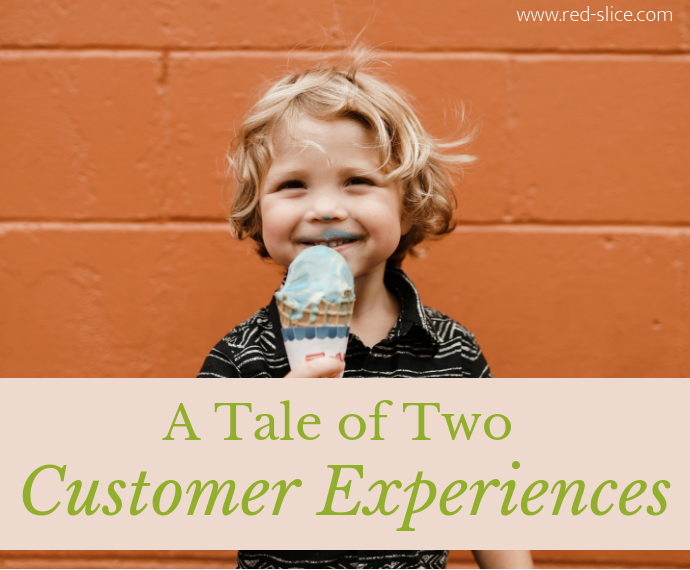
Sometimes, we are so confident and passionate about the story we have to tell. We know that we can offer tremendous value, whether through our own brand story for customers or a creative story that leads to art, music, poetry or dance.
Commerce and art are similar. When the story inspires you and resonates for others, things just seem to flow.
Which is what was happening for me as I began the journey of writing The Empathy Edge in early 2017. After some fumbling, I had articulated the message in my heart (thanks to wise help from the fabulous Alexandra Franzen). I was pumped. I had a vision. People validated me with “Yes! This is the business book we need. We need to show that empathy at work and with your customers is the modern success model. Write it. Pleeeeaaaassssse!”
And then, as I pitched to literary agents, the fog rolled in again.
Thankfully, all of them made time to give me detailed feedback or talk with me. They were generous and kind. I was flattered they thought I was a great writer.
But then:
“Well, I’m just not sure where this really fits or how to position it.”
“I don’t know if this will fly to a business audience.”
And…
“I can totally sell this book to a publisher if you change it from “empathy” to be a book about how ‘ feminine traits’ make organizations successful. Will you change it?”
What?! NO.
See, that was their agenda, not mine. They were looking for a neat slot to put me in, something easy to sell. And their publishing partners were pressuring them to find “more books about women’s topics.” (This was right in the thick of the Me Too movement).
They told me they could sell this book. If I didn’t write the book I wanted to write.
I kindly said no. And pressed on.
See, my entire point with The Empathy Edge and this message that “cash flow, creativity, and compassion are not mutually exclusive” is to make it gender-neutral. It’s not about male or female traits. Empathy is a HUMAN trait.
And if I pigeonholed it as “owned” by one gender, I’d lose the opportunity to reach the very audience who, for better or worse, currently makes up the majority of business leaders. And frankly, some of my least empathetic bosses were women, so we don’t have a lock on this either, people.
Most importantly, I’d lose those male allies who were models of empathetic leadership – and who wanted this book to help bring other male colleagues along and help me change the conversation.
So, I said no. To a sweet deal. To it being easier.
The lesson: Don’t let anyone else shape your story. If it fuels you and resonates with others, stop at nothing to tell it. (TWEET THIS!)
And now you can read the book that I wanted to write.
The pre-launch sale for The Empathy Edge is going on now. Click here for details. Buy before October 22 and get some fabulous goodies, including an invite to my exclusive author Q&A, a bonus expert video series, and even, at larger quantities, a free customized workshop for your team or event.
And, when you read it, I’d love to know: Did I make the right decision?
PS: To get some fabulous bonuses, including an exclusive author Q&A webinar, bonus video training and more, pre-order your copies of The Empathy Edge right here: https://red-slice.com/eebonus/
After placing your order, just submit your receipt on that page, and enjoy your goodies! Order by October 22. Thank you so much for your kind support! It means the world.




